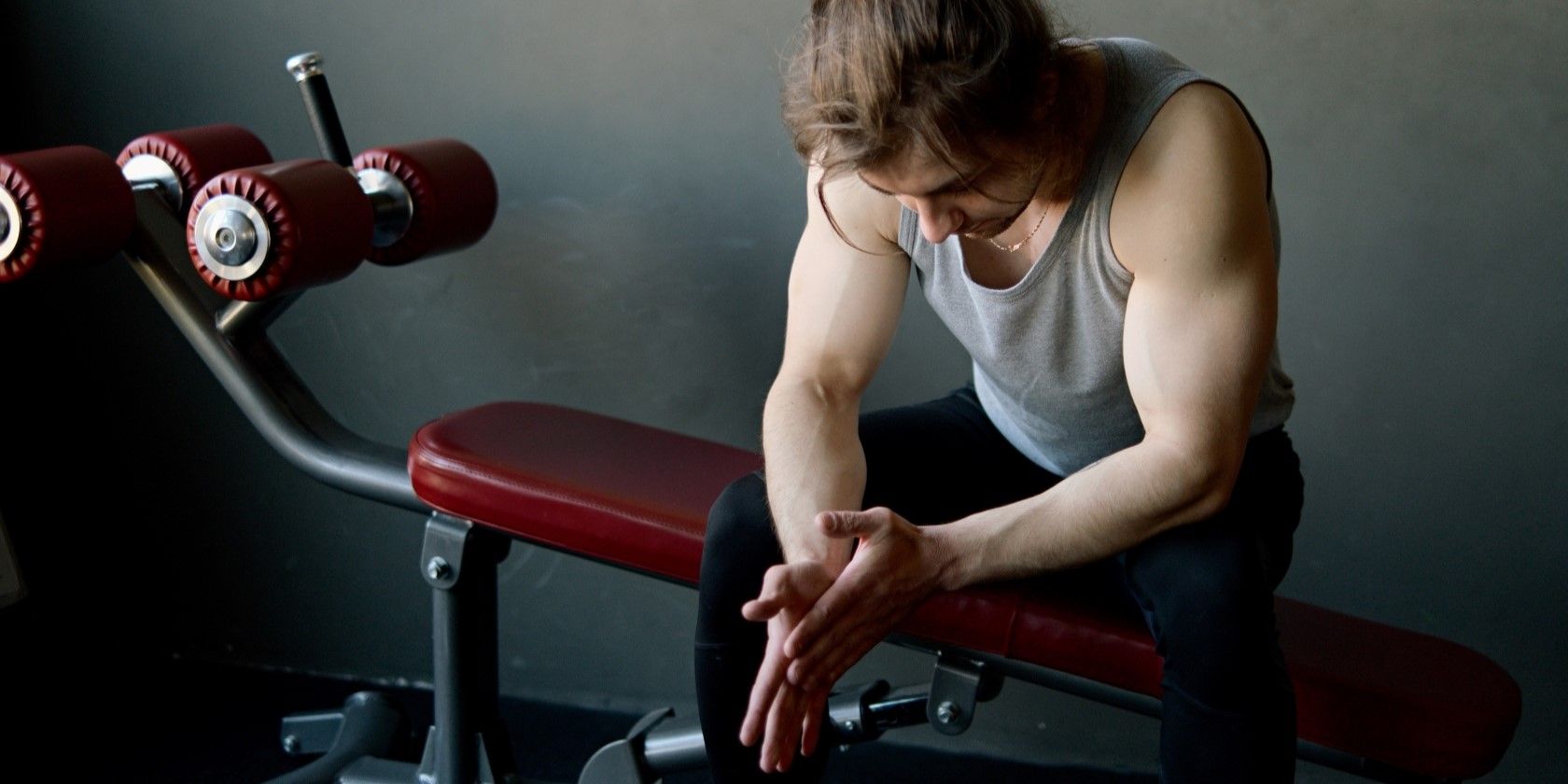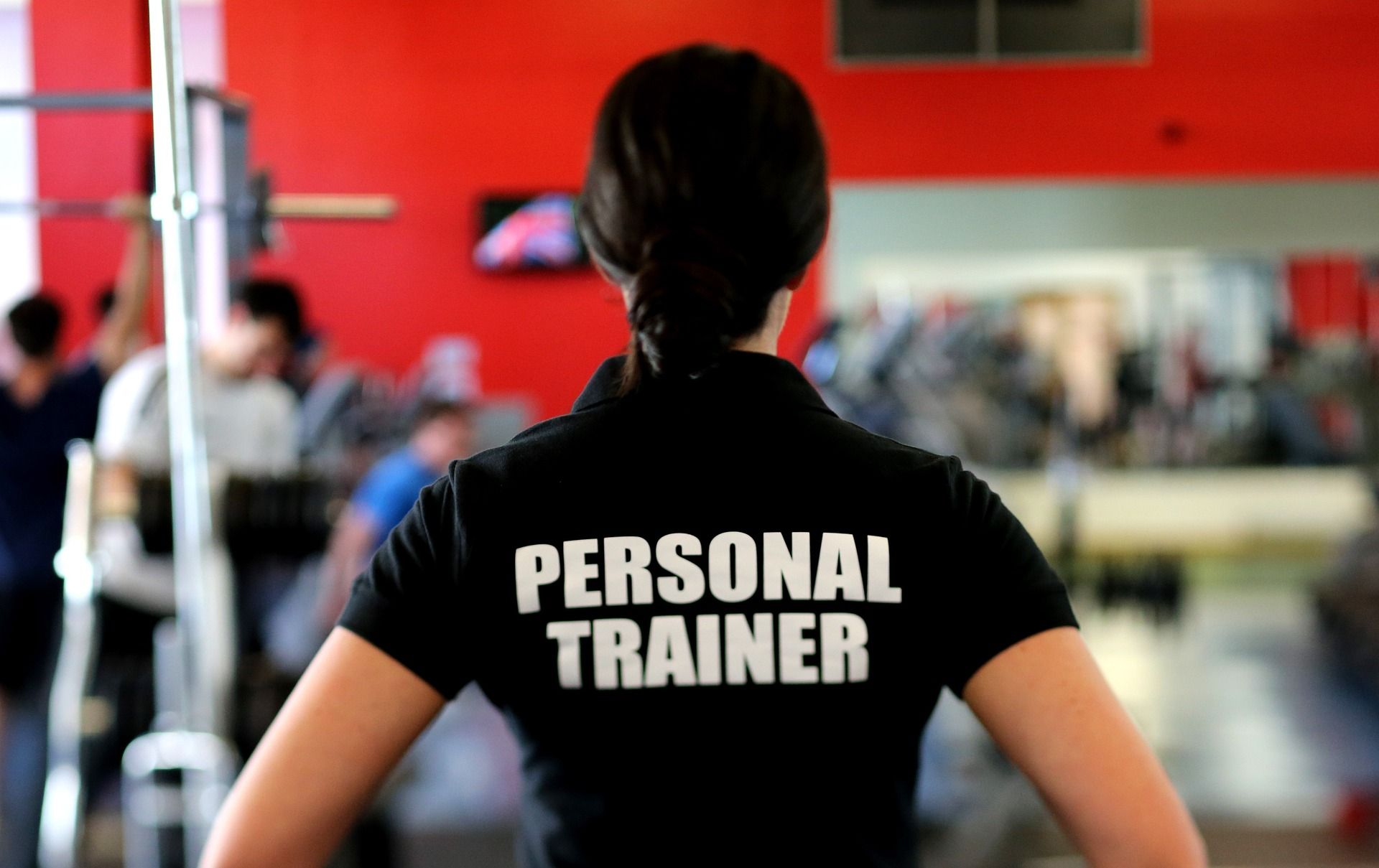If you struggle with iron-deficiency anemia, low ferritin (iron stores), or low hemoglobin levels, you've probably heard that should be mindful of how you exercise. You want to be careful not to exacerbate your symptoms or put additional strain on your body when participating in physical activities.
Having depleted iron levels doesn’t mean you can’t exercise at all, however; while you restore your iron levels under the supervision of your doctor or dietitian, you can continue to stay active—if you’re careful. Find out how you can use tech to exercise safely with low iron levels.
What Is Iron, and Why Do You Need It for Exercise?
Iron is an essential mineral that the body uses to make hemoglobin and myoglobin—two proteins responsible for transporting oxygen around the body and to muscle tissue. When iron levels drop, you’re at risk of iron-deficiency anemia—the most common nutritional deficiency worldwide according to the Harvard School of Public Health.
Symptoms of low iron include fatigue, weakness, impaired concentration and memory, and a compromised immune system. It can affect your ability to exercise safely, as oxygen isn’t delivered to the muscles efficiently. You can experience reduced performance and a higher risk of injury if you’re anemic, which means you need to be careful about the type and duration of workouts you do.
If you think you have low iron, you should contact your doctor for an official diagnosis, personalized medical advice, and proper treatment. If your doctor says it’s okay to exercise, you can try these tips and technologies to exercise safely with anemia.
1. Try Low Impact Exercises
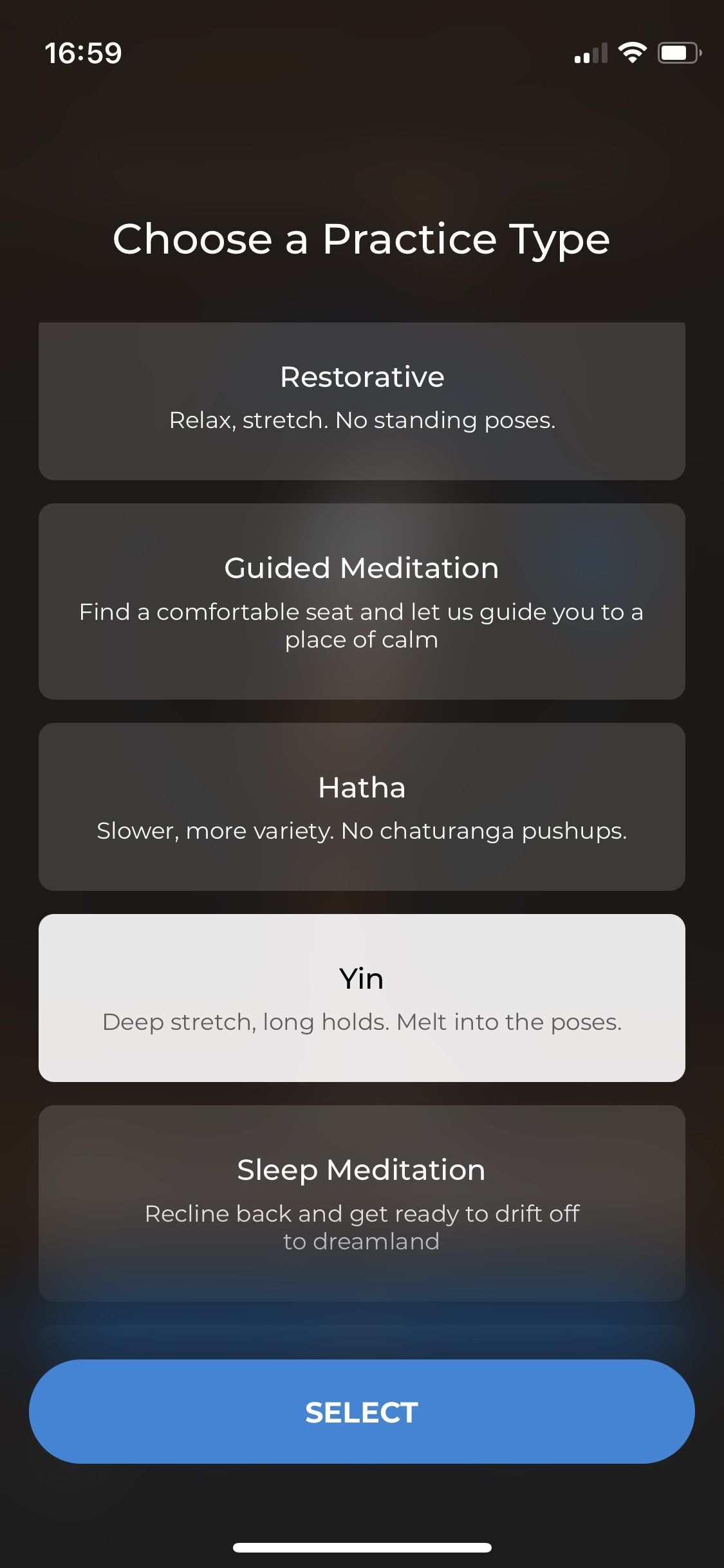
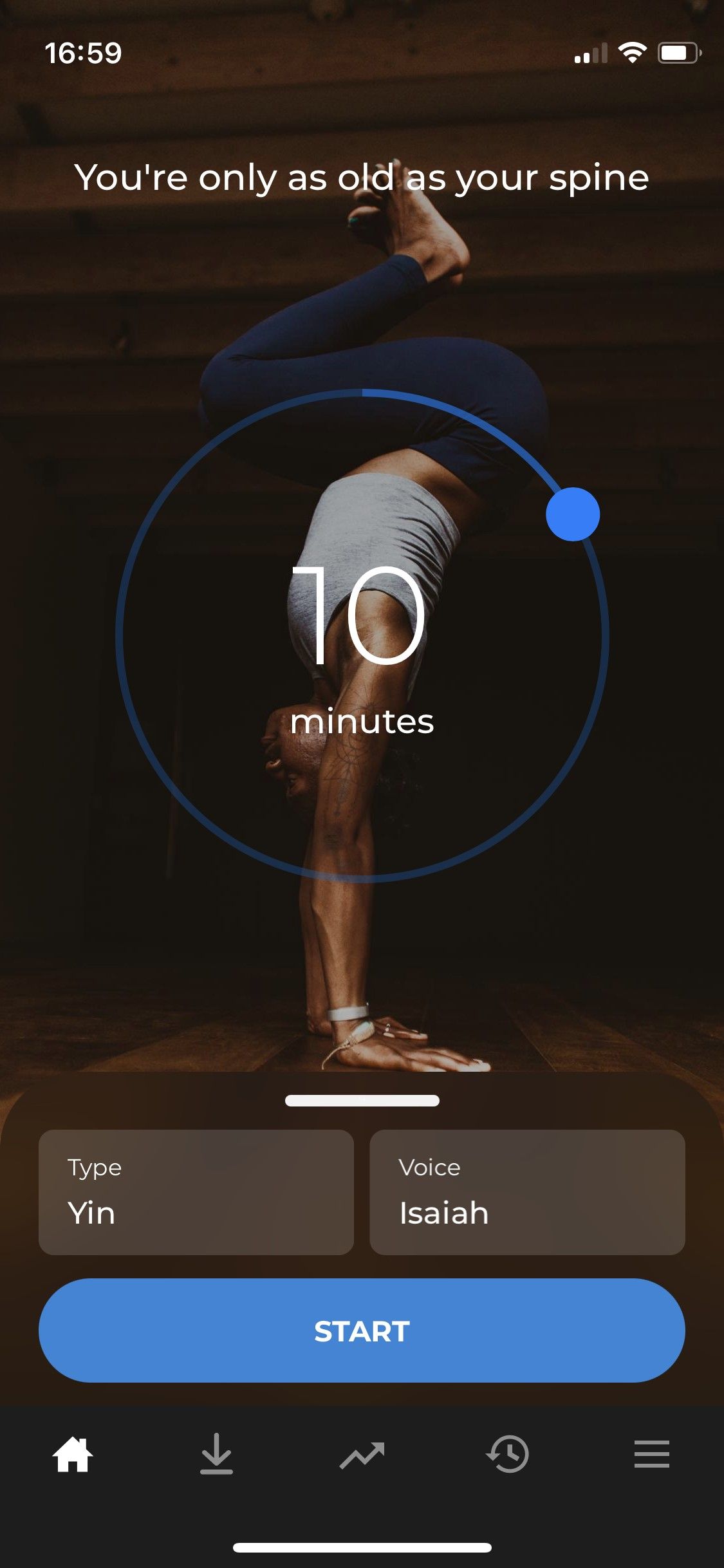
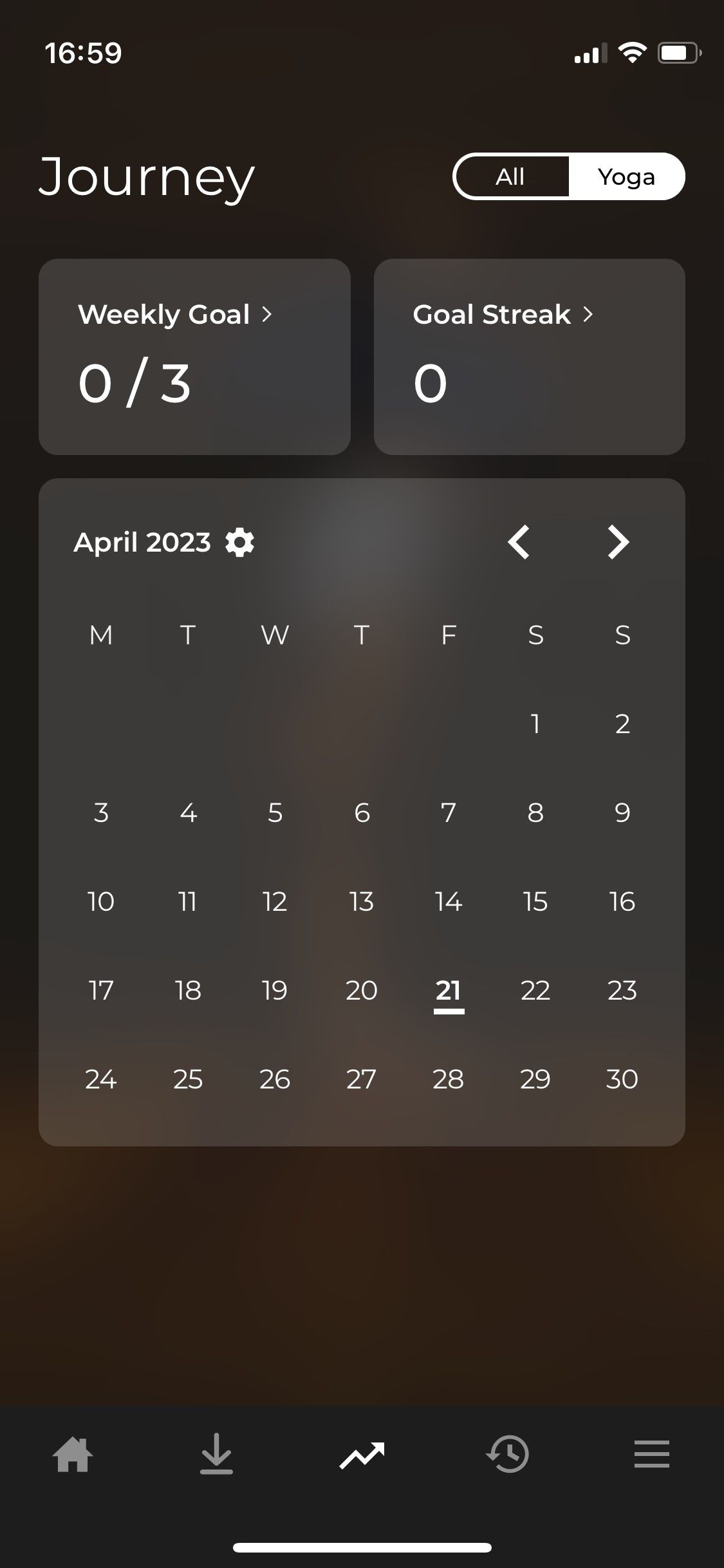
While vigorous aerobic exercises such as cardio, running, or HIIT workouts might leave you feeling exhausted when you’re anemic, low-impact exercises might be suitable for you.
If your doctor has given you permission to try low-impact exercises, a gentle walk can be great for your physical and mental well-being. There are several walking apps you can use to plan your routes and to turn your strolls into more of an adventure. You can also use the native pedometer on your smartphone or wearable device to track your steps and to make your walk feel like more of a proper workout.
Yoga is another low-impact exercise with well-being benefits that you can try. There are various types of yoga practices suitable for a range of goals, but Yin yoga is probably your best bet. Yin yoga in particular works on mobility, circulation, and flexibility and targets the deep tissues of the body (rather than your muscles), meaning you’re unlikely to overexert yourself.
You can practice Yin yoga with the help of the free Yoga | Down Dog app. This app lets you completely personalize your yoga program to ensure that your sessions stay within your personal limits. Yoga | Down Dog allows you to choose Yin yoga as your preferred practice style (or try another low-impact yoga style) and set the pace and level of practice to low to ensure a safe yoga workout.
Download: Yoga | Down Dog for Android | iOS (Free, subscription available)
2. Exercise in Shorter Bursts With Your Phone’s Help
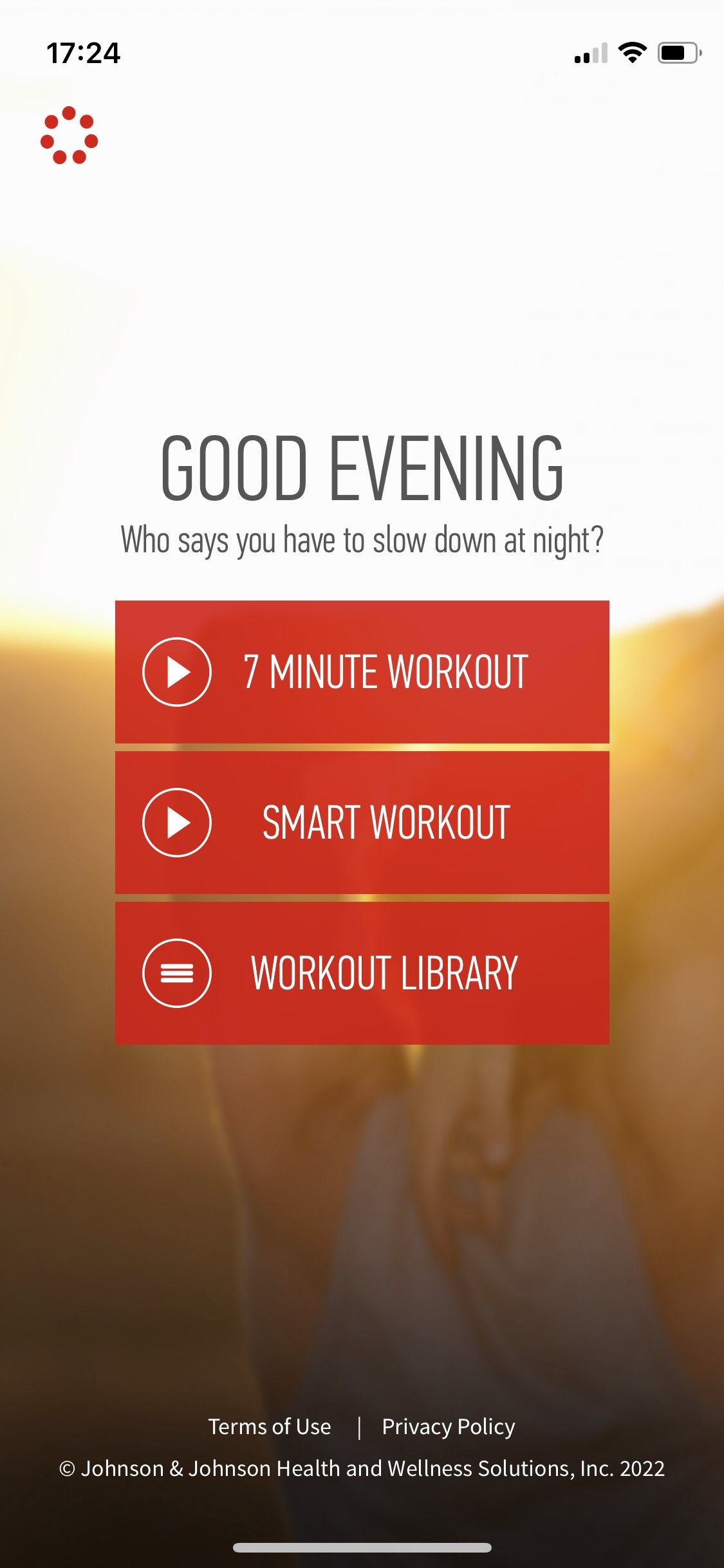
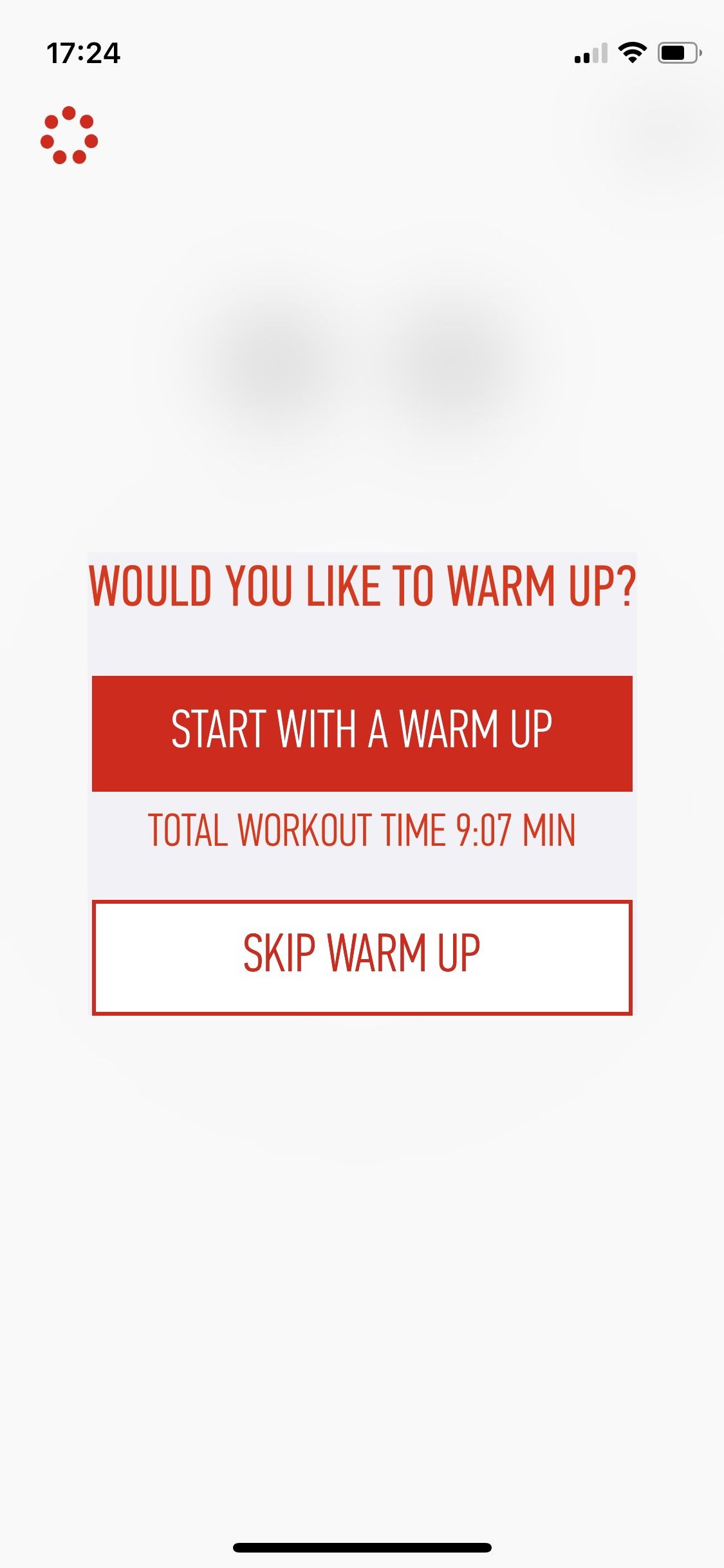
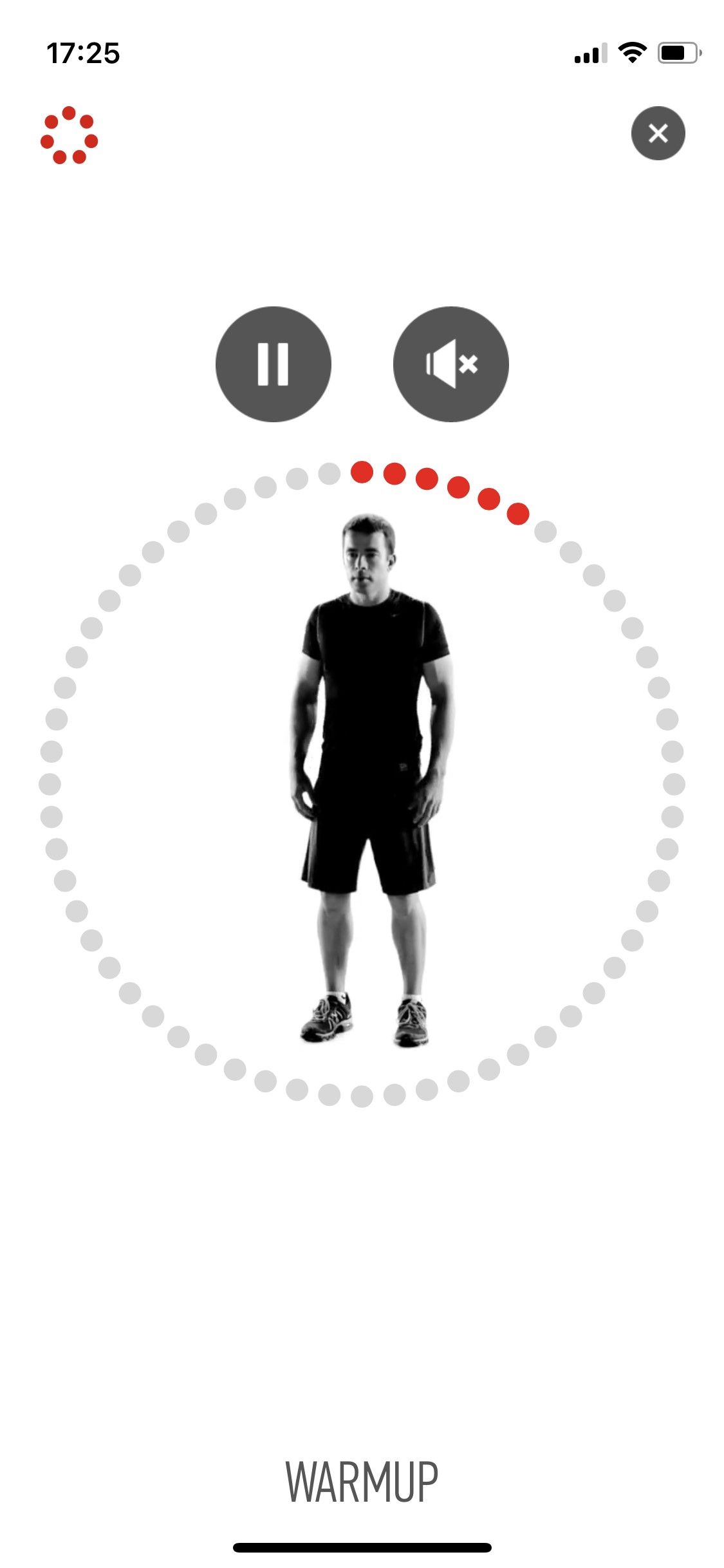
Even with low-impact exercises such as walking or yoga, spending too long expending valuable energy can exacerbate your anemia symptoms. The best thing is to start slow, take breaks, and monitor how you feel during and after each activity.
Using a countdown timer app on your phone is a great way to ensure that you don’t exercise for too long. Try setting a countdown timer for 5–15 minutes and make sure you stop for a break when the timer sounds. Depending on the exercise you’re performing, you could also set rest intervals using a workout timer app (for example: if you’re taking a walk, set rest period intervals to stop and sit between strolling).
If you’re keen to keep your fitness up when you’re low on iron, you might benefit from one of the workout apps that offer short and effective workouts. Based on Chris Jordan's popular "7 Minute Workout" routine, The J&J Official 7 Minute Workout app is great for those who want to exercise in a shorter timeframe. You can customize your workout by adjusting the intensity and duration of exercises to best suit your needs.
While the J&J Official 7 Minute Workout app is designed to help you exercise in shorter bursts, you should still consult your healthcare practitioner to make sure the workouts you pick are safe to do with low iron levels.
Download: J&J Official 7 Minute Workout for Android | iOS (Free, in-app purchases available)
3. Use a Smart Device to Monitor Your Body’s Response to Exercise
You don’t want to overexert yourself during activities, no matter how short a time you are exercising. Using a smartwatch is a great way to monitor your heart rate during workouts to make sure you’re not overdoing it.
You can manage your heart rate zones with a digital heart rate monitor, such as a smartwatch. There are five different heart rate zones, and it’s a good idea for you to stay in the lower range of the scale to protect your heart from overexertion if you have anemia.
You can also set heart rate notifications if your heart rate remains above a chosen level after 10 minutes of inactivity (which can signify overexertion). To do this on your Apple Watch, for example, follow these steps:
- Open Settings.
- Scroll to and tap Heart.
- Scroll to and tap High Heart Rate Notifications.
- Set your heart rate limit to receive alerts.
Within this menu on your Apple Watch, you can also set Irregular Rhythm Notifications to enable irregular heart rhythm detection and warnings to further protect your health.
4. Consult an Online Professional Trainer
Working out under the supervision of a professional trainer can be especially beneficial if you suffer from anemia. A professional should be able to create a workout plan that is suitable for you if you’re suffering from low iron. You can either ask your doctor or dietitian for a referral, or you can search for a professional trainer online.
You can search for personal trainers in the following resources:
- FitnessTrainer - find a one-on-one trainer who matches your needs.
- Find Your Trainer (FYT) - train in-person or online.
- FlexIt - find one-on-one trainers that cover low-impact wellness.
It's worth knowing the red flags to look out for in online fitness experts to filter out influencers and untrustworthy profiles from the professionals. You want to make sure you find personal trainers who have certification from reputable organizations such as ACE Certified Personal Trainers. If they have experience working with other individuals with anemia, that’s even better.
5. Ensure You’re Eating Enough Iron to Replenish Loss
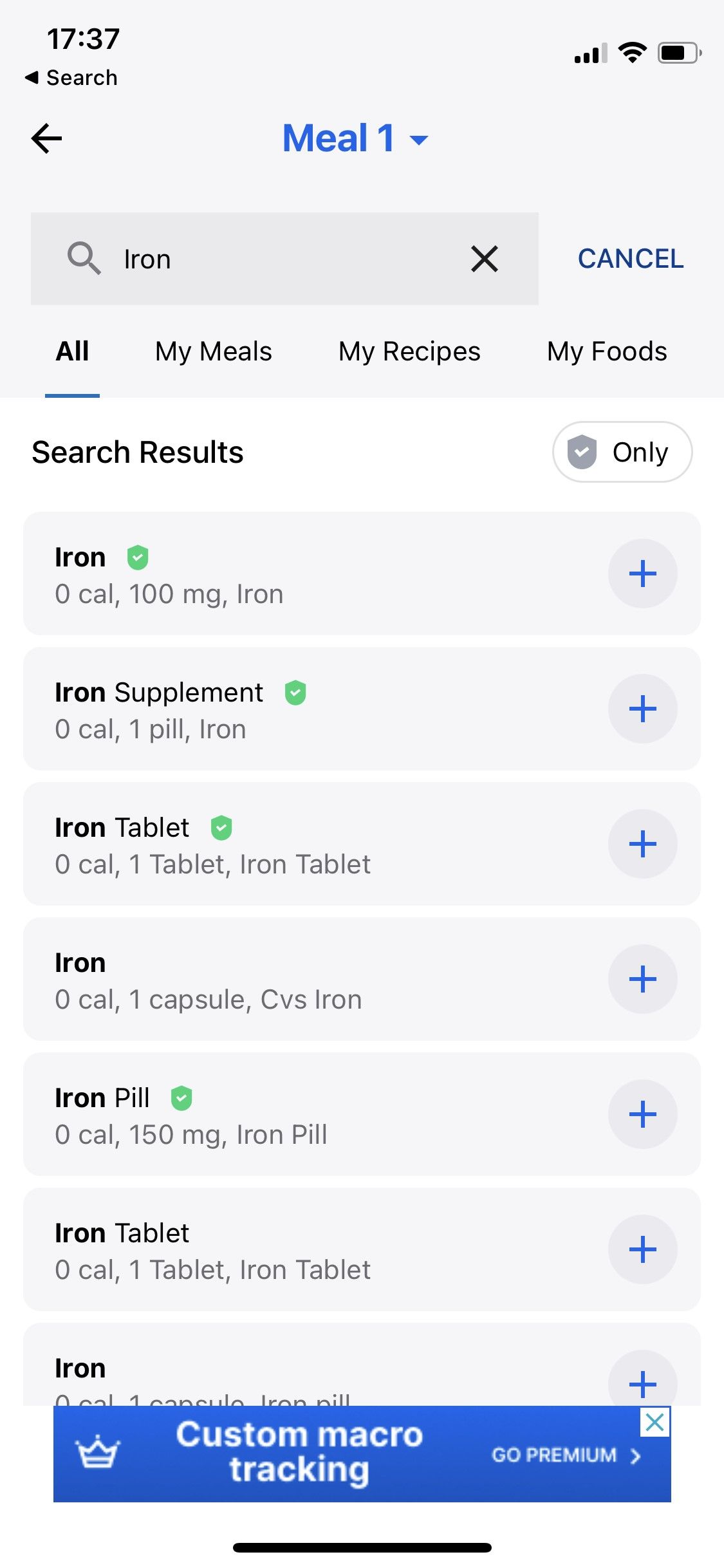
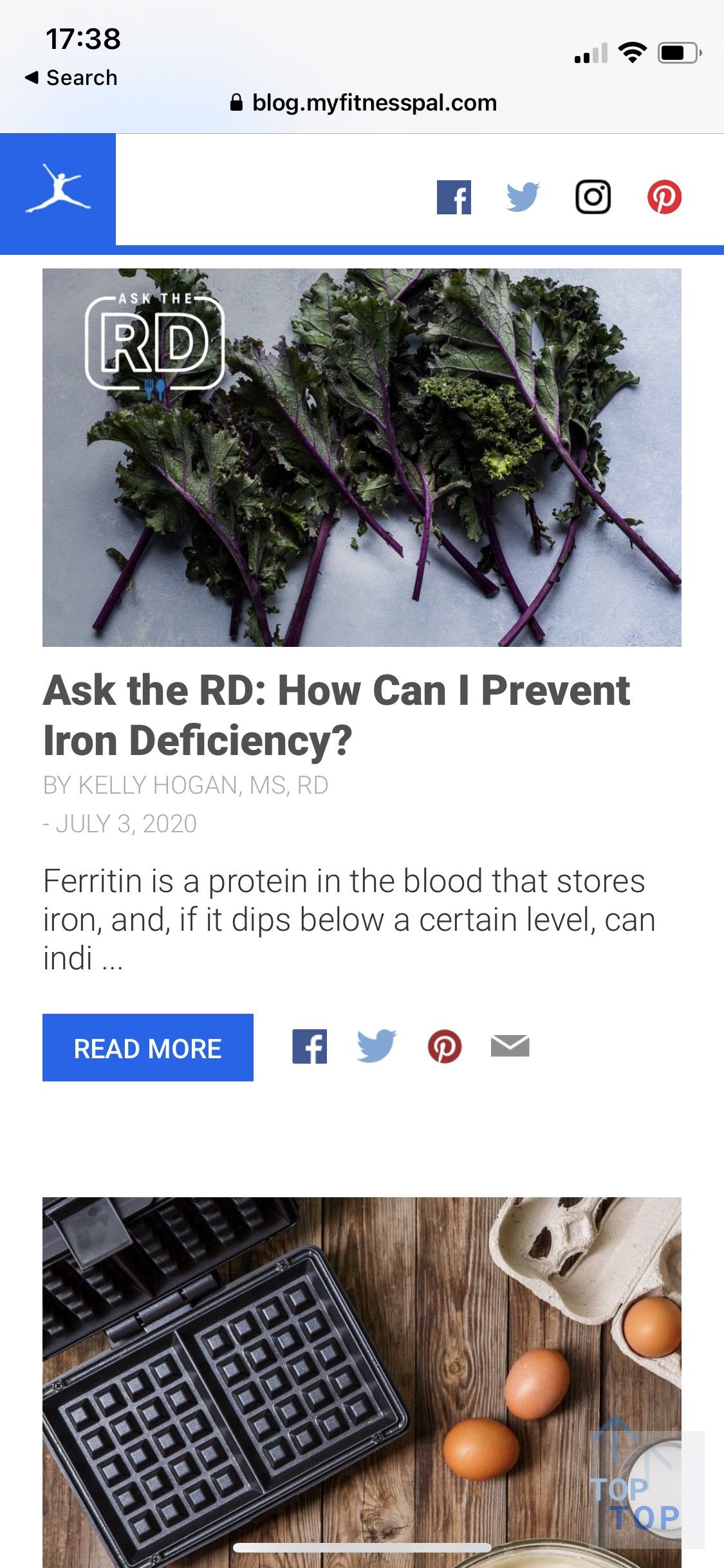
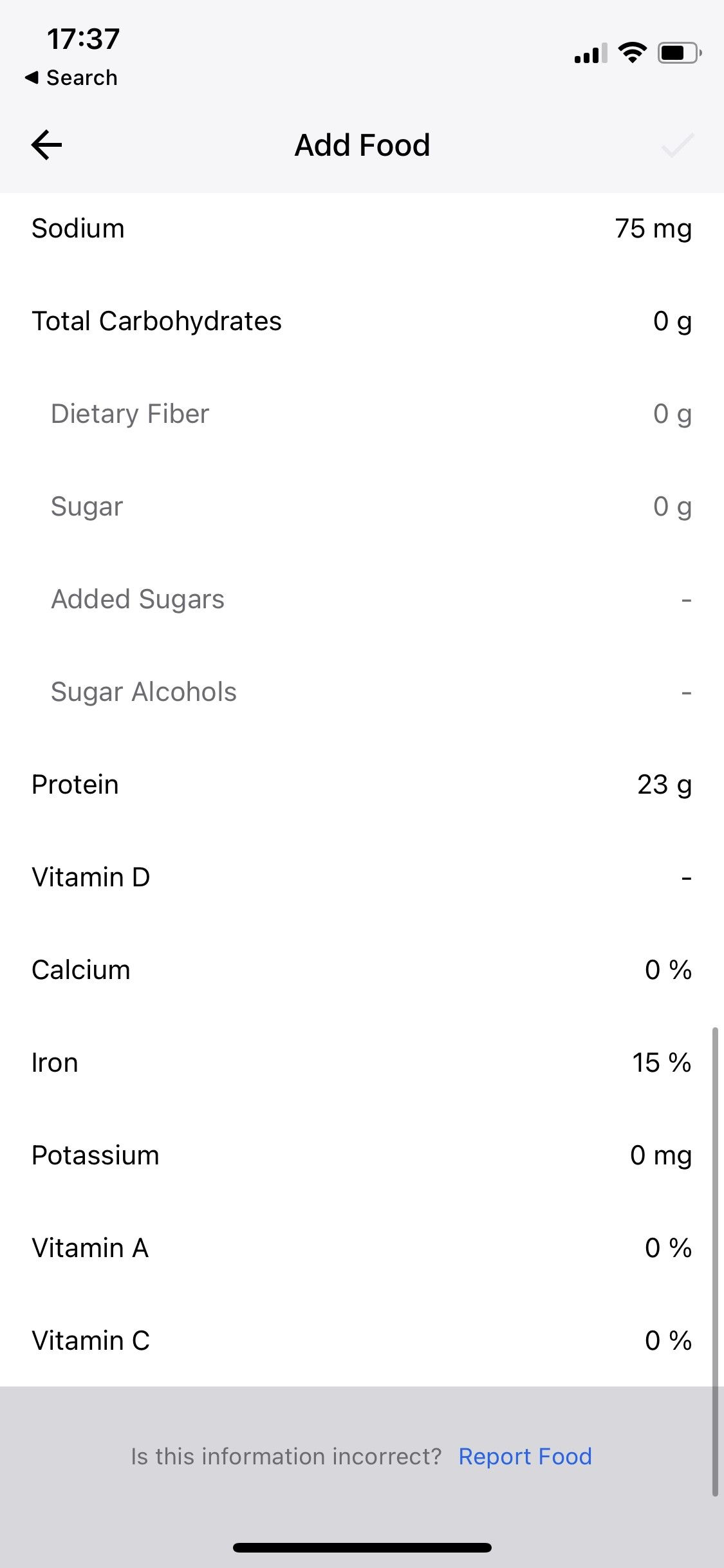
One of the lifestyle tips you’ll likely receive from your healthcare professional (alongside your medical treatment) is to ensure that you’re eating enough iron to replenish what you’ve lost.
It can be tricky to know which foods contain iron and how much you need to eat to make a difference. Here are a few resources you can use to help up your intake of iron:
- Cleveland Clinic can help you estimate how much iron you are getting from your diet and where you can find more.
- Dietary Guidelines for Americans has an easy-to-view table that shows different foods and how much iron is contained in standard portion sizes.
- The MyFitnessPal app isn’t just a calorie counter; you can also use it to track the amount of iron you’re eating (and to check the database of foods containing iron).
The MyFitnessPal website is also a good alternative to the popular app if you’d prefer to search for and log iron-containing foods on a desktop computer.
Download: MyFitnessPal for Android | iOS (Free, subscription available)
Always Follow Your Doctor’s Advice and Use Tech for Support
It’s crucial to find out the underlying cause of your low iron levels and to seek proper treatment from a healthcare professional before taking up exercise. Once you’re under medical supervision and have asked your doctor how to look after your health, the above tips can help you stay active safely if you are anemic.

